America’s Forgotten Dreams and Harsh Realities of Ghost Towns
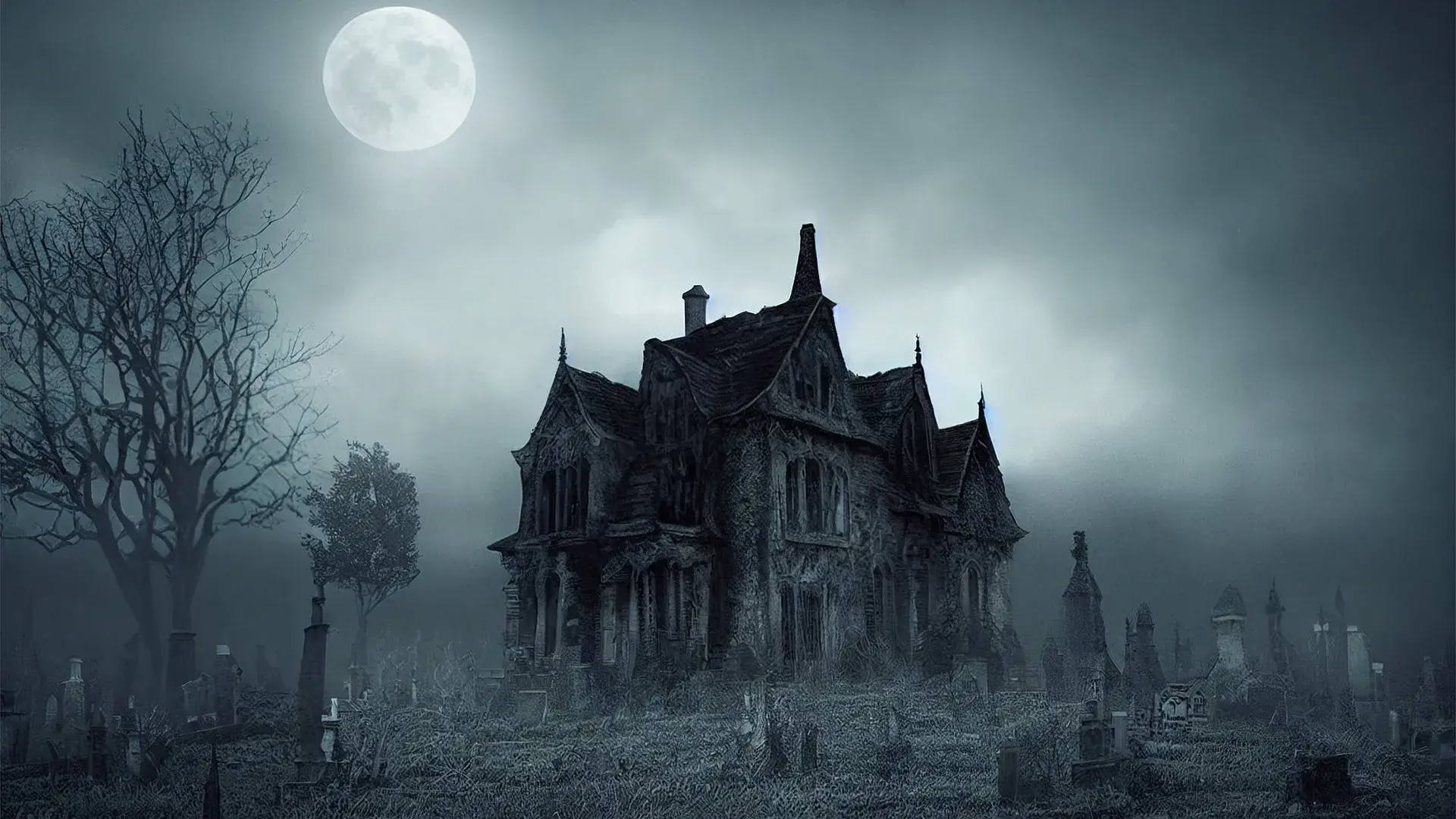
America is dotted with the remnants of towns that once thrived but now sit silent and empty. These forgotten places, often called ghost towns, hold rich histories that tell stories of human ambition, resilience, and, ultimately, decline. Uncovering their hidden pasts not only brings these stories to light but also offers a deeper understanding of the forces that shaped the United States. It forgotten towns reveal a fascinating tapestry of resilience, ambition, and decline. These ghostly remnants showcase the rise and fall of industries, migrations, and dreams, offering a poignant glimpse into the nation’s evolving identity.
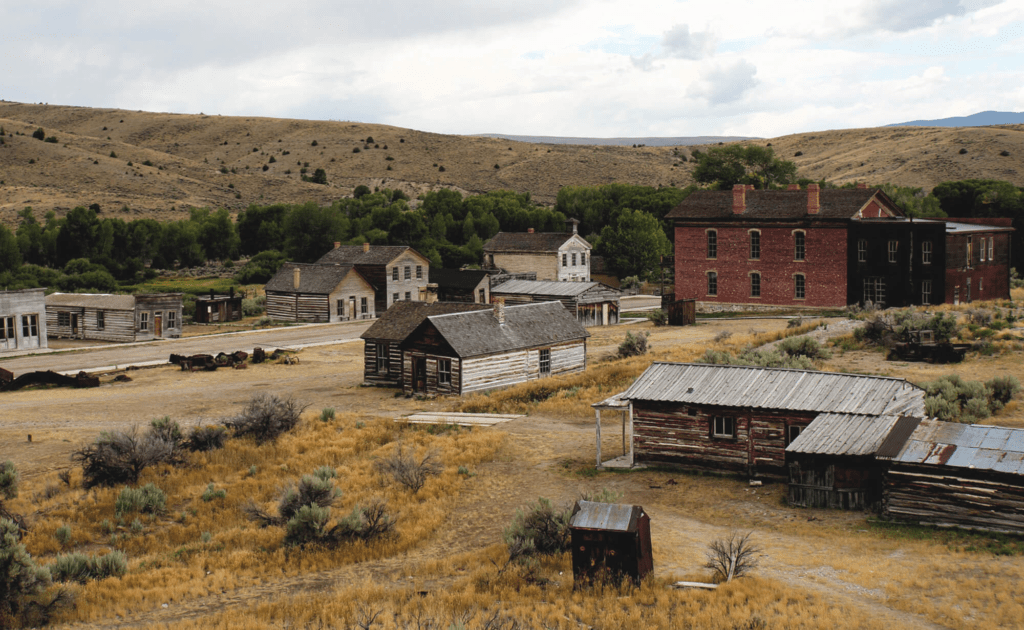
What Are Ghost Towns?
These are abandoned settlements that were once bustling with life. They may have been deserted due to economic collapse, natural disasters, or shifts in industry and transportation. While some are completely uninhabited, others have small populations but lack the vibrancy they once knew.
Examples of Ghost Towns in America
- Bodie, California: A gold-mining boomtown in the late 1800s, Bodie was abandoned after the gold ran out and harsh winters drove residents away.
- Centralia, Pennsylvania: A coal mining town, Centralia was largely evacuated after an underground mine fire ignited in 1962 and continues to burn to this day.
- Cahawba, Alabama: Once the capital of Alabama, Cahawba was abandoned after frequent flooding made the location untenable.
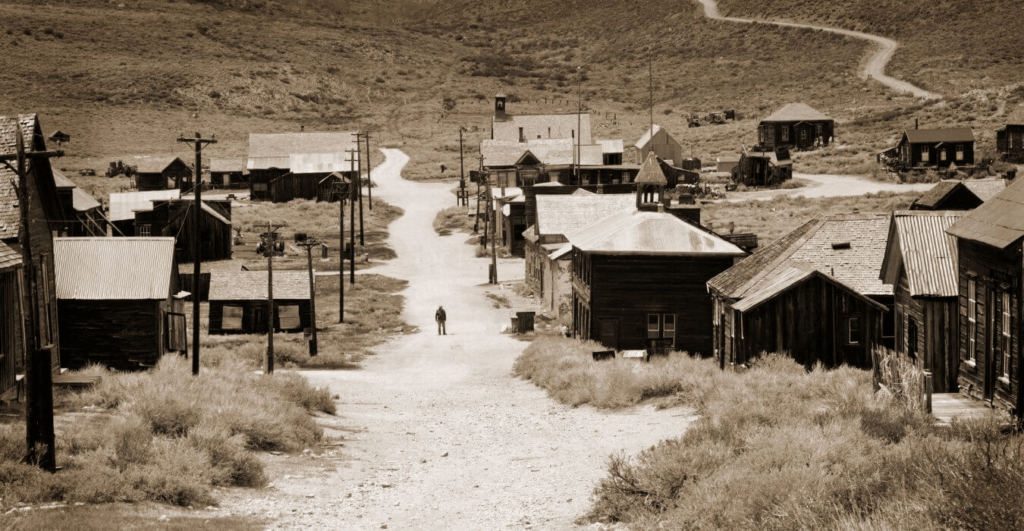
The Rise and Fall of Towns
Economic Booms and Busts
Many ghost towns owe their rise to a single industry, such as mining, logging, or oil. When these industries faltered, the towns often couldn’t sustain themselves. For instance, mining towns sprang up overnight during gold and silver rushes but were deserted just as quickly when resources were depleted.
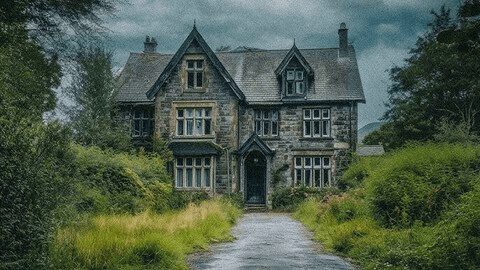
Environmental Challenges
Natural disasters, such as floods, fires, or droughts, have also played a significant role. Cahawba’s frequent flooding turned a once-thriving settlement into an uninhabitable ghost town.
Technological and Transportation Shifts
The advent of railroads and highways has redirected commerce and traffic, leaving some towns bypassed and irrelevant. Route 66, once a lifeline for many small towns, illustrates how shifts in transportation can lead to decline.
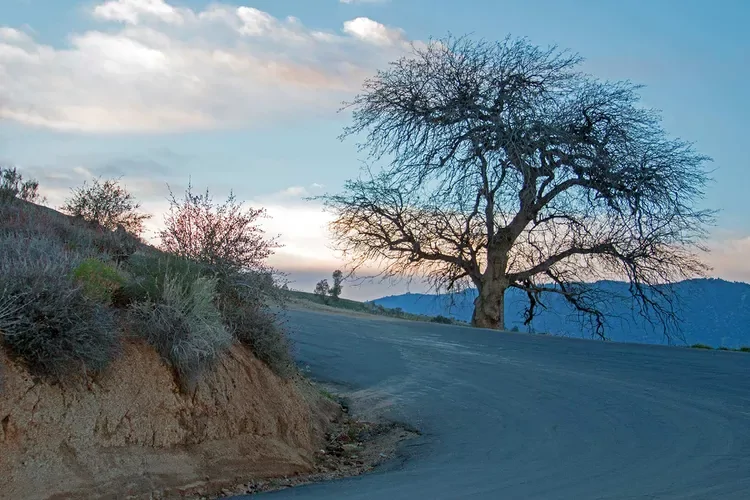
The Cultural and Historical Significance
These forgotten towns serve as time capsules, preserving a snapshot of past. They offer insights into:
- Migration Patterns: Ghost towns reflect the movement of people in pursuit of opportunity, such as during the westward expansion.
- Economic Development: They highlight the dependence on single industries and the fragility of such economies.
- Architectural Styles: Many ghost towns feature preserved buildings that showcase historical architecture and design.
Lessons from the Past
While ghost towns may seem like relics of a bygone era, their stories carry valuable lessons for the present and future:
- Sustainability: Overreliance on a single resource or industry can lead to vulnerability.
- Adaptability: Communities must adapt to changing circumstances to thrive.
- Preservation: Protecting these sites can educate future generations about the nation’s history.
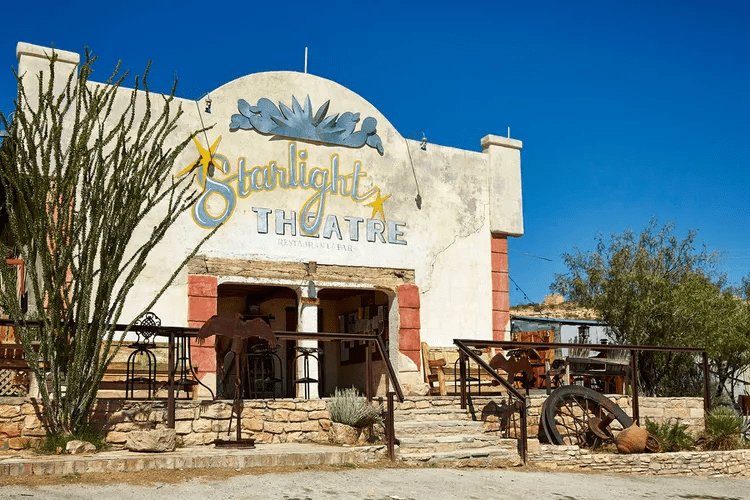
Credits: Getty Images
Visiting America’s Ghost Towns
Exploring these locations allows visitors to step back in time. Some well-preserved sites, like Bodie, California, have been turned into state parks, while others remain untouched, offering a raw glimpse into history.
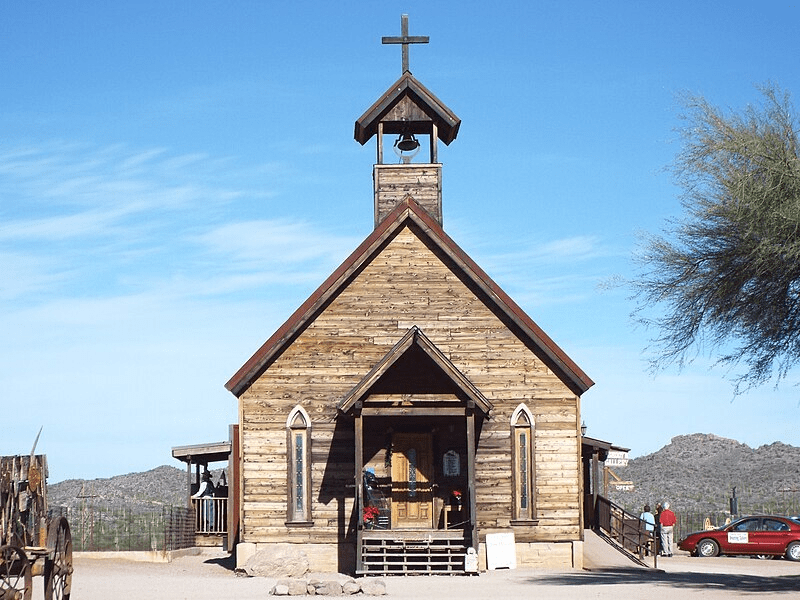
Tips for Visiting
- Do Your Research: Understand the history and significance of the town you’re visiting.
- Follow Rules: Respect preservation efforts and avoid taking artifacts.
- Be Prepared: Many ghost towns are in remote areas, so bring water, snacks, and appropriate clothing.
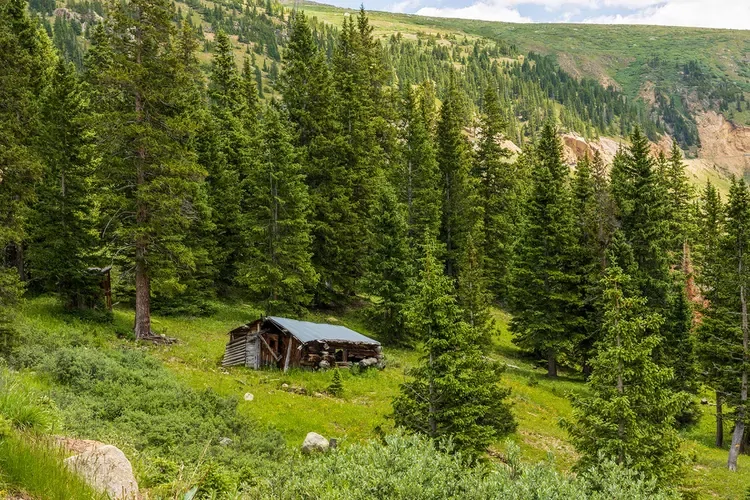
Conclusion
America’s ghost towns may be forgotten by time, but their stories still resonate. They remind us of the triumphs and tragedies that have shaped the nation, offering a chance to reflect on the past while considering the challenges of the future. By uncovering and preserving their histories, we honor the people who lived, worked, and dreamed in these once-thriving communities.






